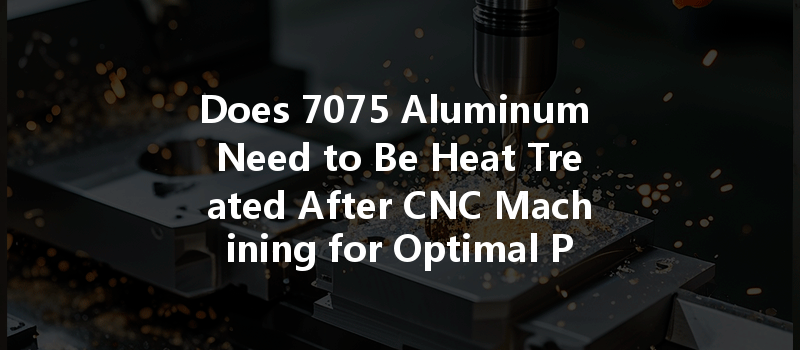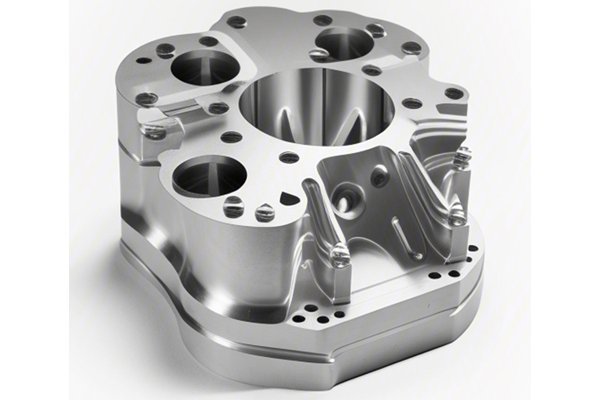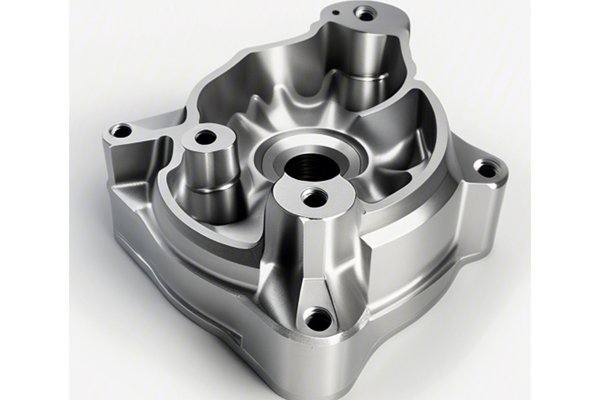Did you know that 7075 aluminum is often referred to as “aircraft grade” aluminum for its exceptional strength-to-weight ratio? This material is famously utilized in aerospace, automotive engineering, and high-stress applications for its robust mechanical properties and light weight. However, one question lingers among designers and engineers: Does 7075 aluminum need to be heat treated after CNC machining to achieve optimal performance? In this extensive article, we will explore the properties of 7075 aluminum, its machining characteristics, and the crucial role that heat treatment plays in ensuring the material delivers on its promise of strength and reliability.
Understanding 7075 Aluminum
What is 7075 Aluminum?
7075 aluminum is an alloy composed primarily of zinc (about 5.1% to 6.1%), along with smaller amounts of magnesium, copper, and other elements. This particular aluminum alloy is renowned for its high tensile strength, which can exceed 700 MPa (megapascals), making it one of the strongest aluminum alloys available.
Typical Applications
Given its high strength, 7075 aluminum finds applications in various fields, including:
The Machining Characteristics of 7075 Aluminum
Machining 7075 aluminum can present unique challenges and considerations. Its properties can create difficulties during the machining process such as work hardening and chip formation.
Key Properties Affecting Machinability:
Best Practices for CNC Machining 7075 Aluminum
To achieve effective machining results with 7075, consider the following best practices:
The Role of Heat Treatment in Enhancing 7075 Aluminum

What is Heat Treatment?
Heat treatment is a metallurgical process where the material is subjected to controlled heating and cooling cycles to optimize its mechanical properties. For 7075 aluminum, heat treatment can enhance attributes such as strength, hardness, and ductility.
Solution Heat Treatment and Aging Process
The heat treatment of 7075 aluminum generally involves two critical stages:
Why Heat Treatment is Crucial for 7075 Aluminum
After CNC machining, heat treatment is crucial to achieve optimal performance in several ways:
The Consequences of Skipping Heat Treatment
While it may be tempting to skip heat treatment after machining, this decision can lead to several adverse effects:
In conclusion, when it comes to 7075 aluminum, the answer to whether it needs to be heat-treated after CNC machining is a resounding yes. By undergoing the right heat treatment processes, manufacturers can unlock the full potential of this incredible material, resulting in components that are not only lightweight but also exceptionally strong.
As we’ve explored, heat treatment enhances the mechanical properties of 7075 aluminum, transforming it into a material capable of withstanding the most demanding environments. Consequently, engineers and manufacturers must consider heat treatment not as an optional step, but rather as an essential process that contributes to the reliability and safety of their products.
Given the vast applications of 7075 aluminum, from aerospace to automotive, the importance of understanding the interaction between CNC machining and heat treatment cannot be overstated. If you’re involved in any industry that utilizes 7075 aluminum, contemplating these practices will not only improve product performance but ensure that your solutions meet stringent industry standards.
As we navigate through increasingly complex manufacturing challenges, embracing the right heat treatments and machining practices will be vital for pushing innovation and ensuring the continuation of high-quality standards in engineering. Investing in proper machining and heat treatment techniques today will yield substantial returns tomorrow—underscoring the critical relationship between material preparation and successful outcomes in modern manufacturing.
—
Related Posts
- How can CNC machining control cutting force when machining 304 stainless steel for optimal results?
- Is CNC Milling an Effective Choice for Prototype Machining of Composite Materials in Modern Manufacturing?
- How does the relationship between the melting point and corrosion resistance of steel affect CNC machining outcomes?






